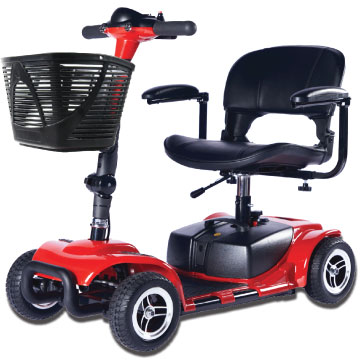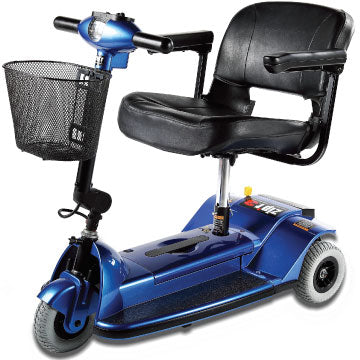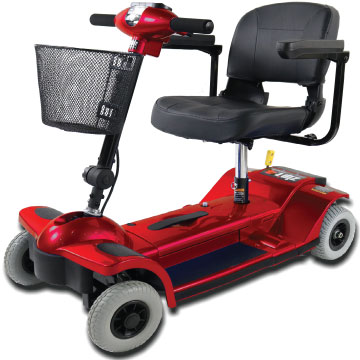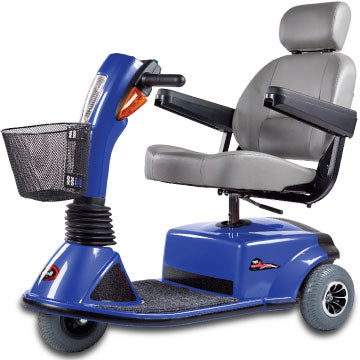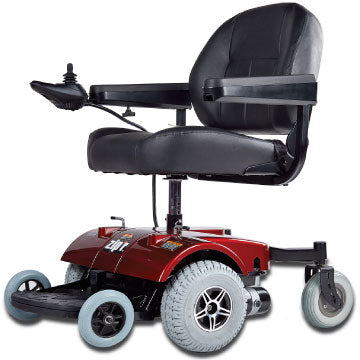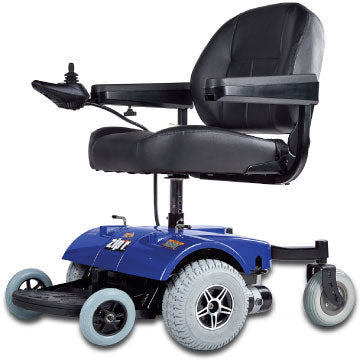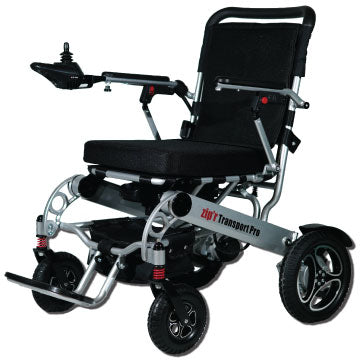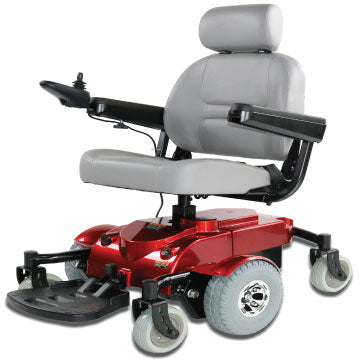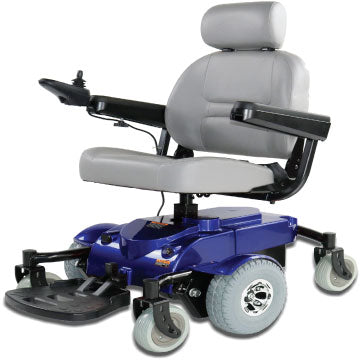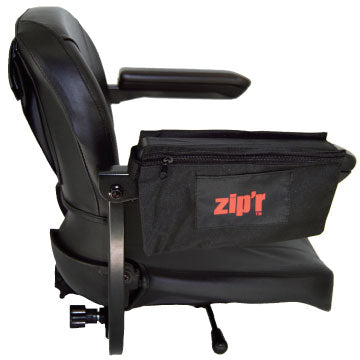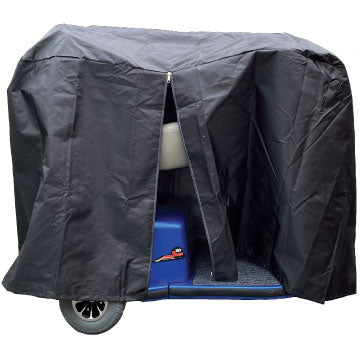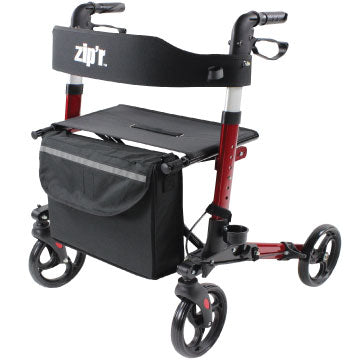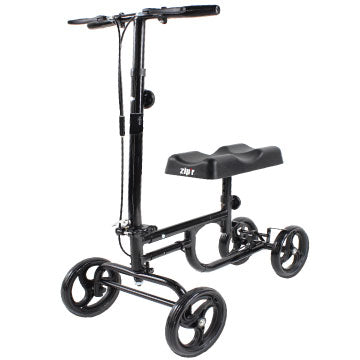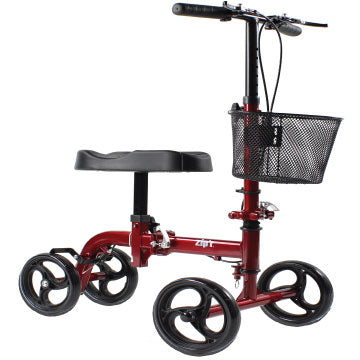Your Cart is Empty
I appreciate how easy it was to assemble and not too heavy.
Received my Zipr Carbon Fiber Power Electric Wheel Chair as promised by Ron, the Sales Representative just before Christmas. Ron was very helpful and answered all of my questions. I already owned an electric wheelchair but never used it elsewhere other than In my immediate neighborhood as it weighs 58lbs and I cannot lift it into my car. I am 86 years old and needed something lighter. At only 28lbs my new Zipr Carbon Fiber Power Wheelchair is just what I needed. I am extremely pleased with my new wheelchair and am looking forward to take it on new trails along with Percey my dog on long adventure walks.
Ralph B Mantecon
IT LOOKS LIKE A WELL MADE MACHINE. IT IS VERY HEAVY, SO SHOUDN'T TIP OVER. WE HAVE OURS IN A SMALL AREA, IN OUR HOME, SO WOULD HAVE LIKED A SMALLER TURN AXIS, BUT IT HAS A GOOD BACK UP.


